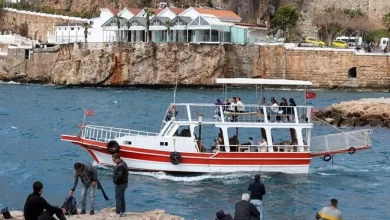An Extinct Volcano: Mount Ararat
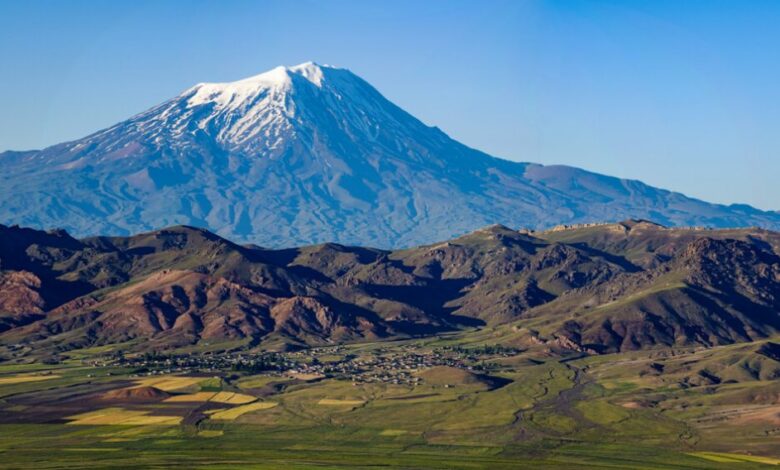
Mount Ararat it is the highest mountain in Turkey. It is an extinct volcano with a height of 5137 meters. Rising on the Eastern Anatolian Volcano series, this mountain is located at the border crossroads of Turks, Iran and Armenia. The Igdir Plain (840 meters) rises in the north, Dogubeyazit plain (1640 meters) in the south, and Kucuk Ararat Mountain (3896 meters), an extinct volcano, rises in the southeast. Serdar Bulagi Plateau is located between the Ararat volcanic mountains. Connecting two extinct volcanic mountains, this lava plateau is at an altitude of 2600 meters.
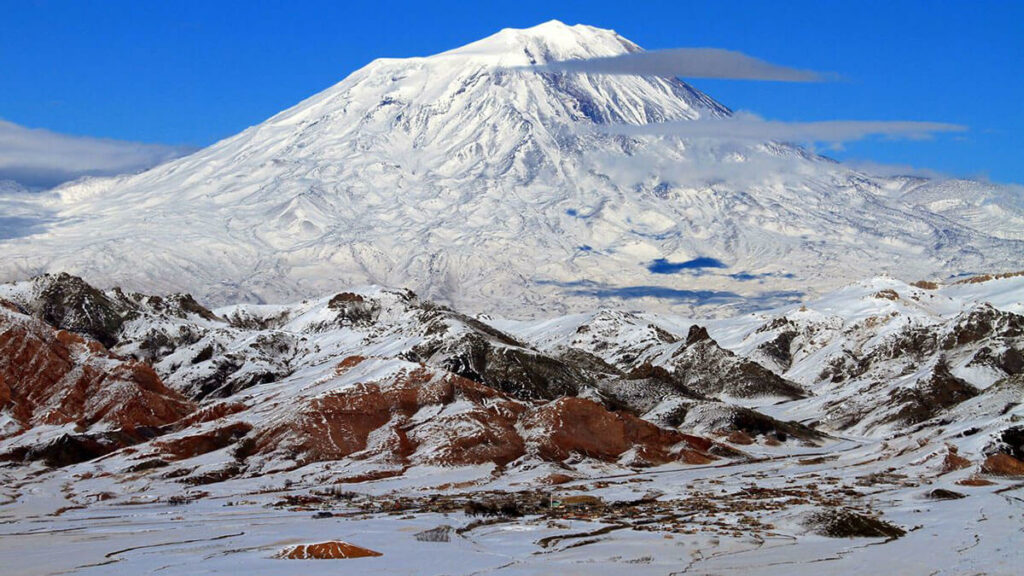
Big and Small Mountains
Big and small Ararat mountains have a magnificent view. Its 160-meter flat top and 400-meter-high top, built on an area of 1188 square meters, are covered with ice in summer and winter. The name of Mount Ararat (Ararat) is mentioned in the Hebrew language of the Urartians and in western languages. Volcanic movements from Great Ararat. Sirri ERINC and Dr. According to the determinations of Suleyman TURKUNAL, the Eastern Anatolian high plateau region has been fragmented on a regional scale due to vertical movements and has witnessed curling events.

The Small and Big Ararat mountains showed five main phases of volcanism. In the first stage, pyroclastic products are activated by spraying. In the second stage, andesite, and in the third stage, bozaite lava and tuffs began to be produced. The volcanic layers in the Ahura landslide valley to the north of the mountain reflect these phases. In the fourth stage, the Great Ararat Mountain, which produced andesite lava as a result of the central eruptions, regained its original appearance today. From time to time, earthquakes of volcanic or technical origin are also encountered in the region. As a result of the earthquake that occurred in 1940, rock and glacier blocks were broken on the northern slope of the Great Ararat Mountain (Abich, 1845), and according to some studies, a large landslide and a deep landslide valley (Hell Creek) were formed. was established. Today’s Yeni Dogan village was established in place of Ahura village, which was destroyed during this landslide as a result of a hot water explosion.
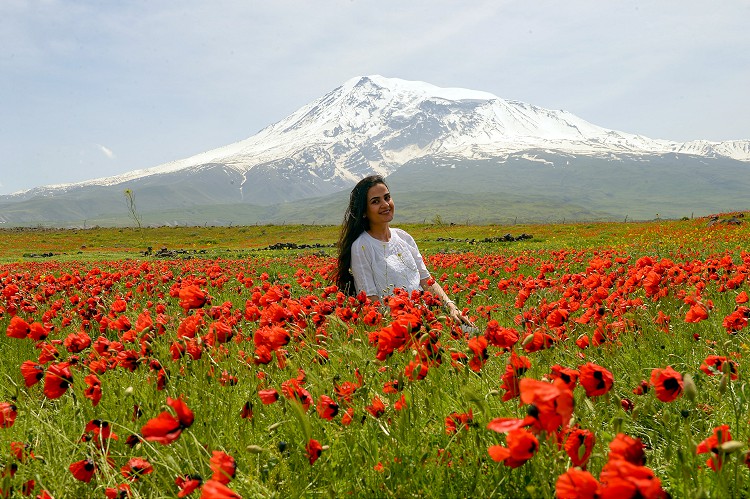
Climbing the Greater Mount Ararat
The Anatolian peninsula and Europe’s highest peak, Great Ararat, attracts the world’s mountaineers. The best time to climb Mount Ararat is July, August and September. February is the month for winter climbing.
1 – Climbing from the southern slope of Dogubeyazit hill, Can Village location,
2- Climbing from the east The mountain can be reached from the Serdarbulak plateau between the Great Ararat Mountain and the Small Aralik Mountain in the Igdir-Aralik district.
3- Again within the borders of our province, you can climb out of the pot lake of the closed village by climbing from the west.
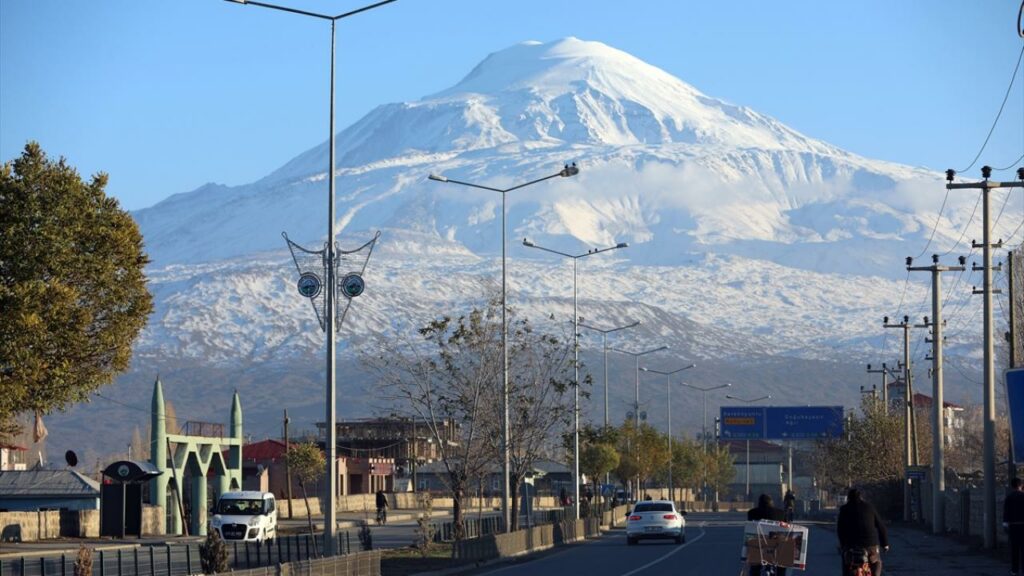
The first ascent to Greater Ararat was in September 1829 by German Prof. Made by J. Von PARROT. The first winter ascent to Mount Ararat was on February 21, 1070 by Dr. Made by Bozkurt ERGOR. During the Republican period, Turkish mountaineers succeeded in climbing to the top of the mountain almost every year.






